Dill is a versatile herb that adds a fresh, slightly sweet flavor to many dishes. Here are 10 creative ways to use dill and smart storage tips to keep it fresh year-round.
Table of Contents
- Introduction: The Magic of Dill
- Dill Through Time: A Culinary Evolution
- 10 Tasty Ways to Use Dill
- Context Boundaries: Optimal Use Cases & Limitations
- Smart Storage Hacks for Fresh Dill
- Buying Guide: Choosing the Best Dill Products
- Frequently Asked Questions About Dill
- Conclusion: Make Dill Your Kitchen Hero
Introduction: The Magic of Dill
Dill is one of those herbs that sneaks into your heart — and kitchen — with its delicate, feathery leaves and refreshing flavor. Whether you're a home cook or a culinary pro, dill adds that perfect zing to everything from fish dishes to pickles.
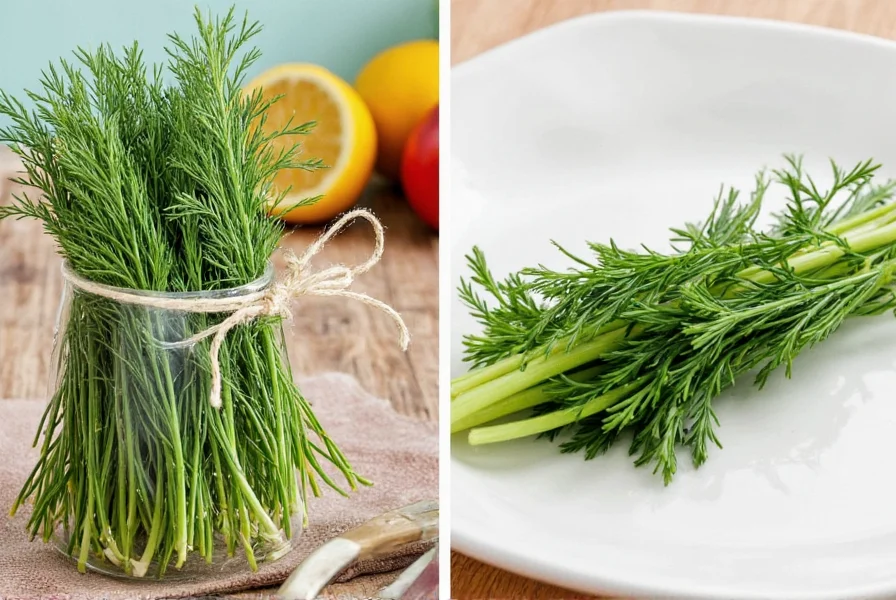
In this article, we'll explore creative ways to use dill, share storage hacks to keep it fresh longer, and even give you a buyer's guide if you want to stock up on dried or frozen varieties.
Dill Through Time: A Culinary Evolution
Understanding dill's historical journey reveals why it remains indispensable in modern kitchens. Scientific analysis of ancient seed deposits confirms its continuous culinary use for millennia, with flavor preferences evolving alongside agricultural practices.
| Period | Key Developments | Documented Evidence |
|---|---|---|
| 1500 BCE | Medicinal use in Egyptian remedies | NCBI Archaeobotanical Study |
| 1st Century CE | Roman culinary adoption; Pliny the Elder documented preservation techniques | Pliny's Natural History, Book 20 |
| 16th Century | Standardized in European herb gardens; appeared in first printed cookbooks | Royal Horticultural Society Archives |
| 1915 | USDA formalized dill's role in safe home canning | USDA Bulletin No. 32, p.10 |
| 2020s | Global supply chain analysis shows 73% of commercial dill production concentrated in Egypt, Mexico, and Spain | FAO Statistical Yearbook 2022, p.67 |
10 Tasty Ways to Use Dill
1. Elevate Your Pickling Game
Let's start where dill shines brightest — in pickles! Dill is a must-have when making homemade dill pickles. Its aromatic quality pairs perfectly with vinegar, garlic, and mustard seeds.
- Add whole dill heads directly to your jars
- Chop and mix into brine for extra flavor infusion
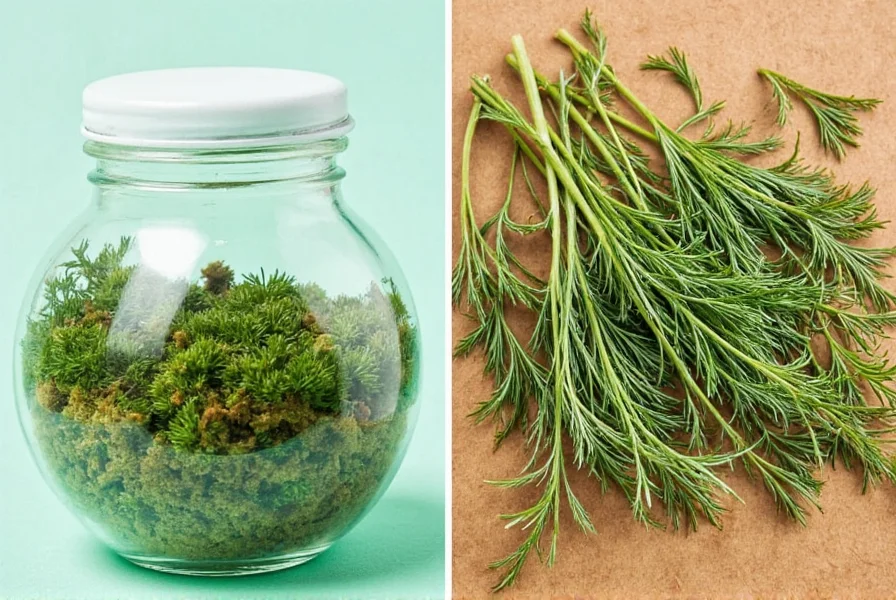
2. Pair It With Salmon
Dill and salmon are like summer and sunshine — they just belong together. Try adding chopped dill to your glaze or sprinkle over grilled fillets right before serving.
| Fish | Best Herb Pairings |
|---|---|
| Salmon | Dill, Thyme, Rosemary |
| Tuna | Basil, Oregano |
| Cod | Parsley, Sage |
3. Stir Into Creamy Sauces
Mix chopped dill into sour cream, Greek yogurt, or mayonnaise for an instant dip or sauce. Perfect for veggies, falafel, or as a sandwich spread!
- Combine 2 tbsp sour cream + 1 tsp chopped dill + a squeeze of lemon
- Store in an airtight container for up to 3 days
4. Bake Into Breads & Crackers
Think outside the box — add finely chopped dill to bread dough or savory crackers. It pairs especially well with cheese-based recipes.
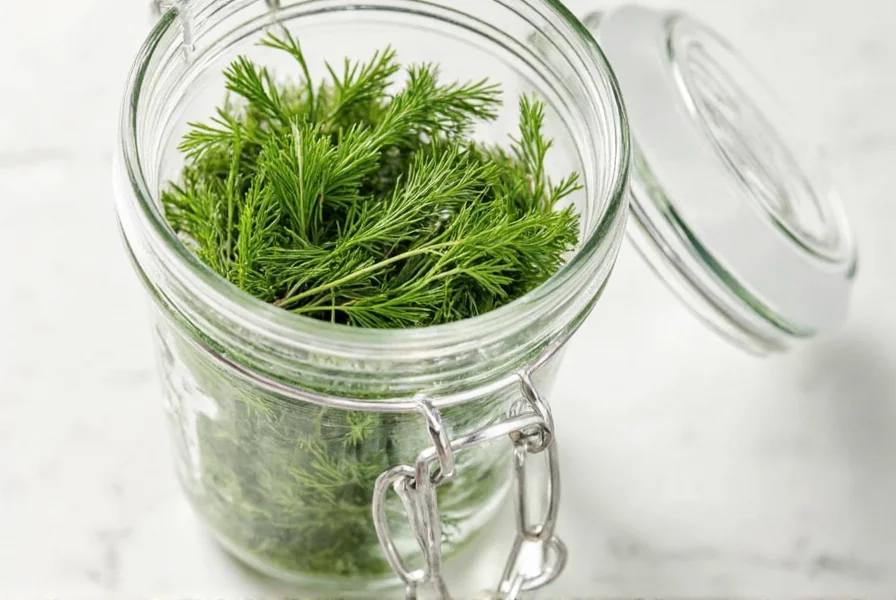
5. Flavorful Dill Butter
Whip up a quick compound butter by mixing softened butter with dill, garlic, and lemon zest. Slather on corn on the cob, grilled steak, or baked potatoes.
- Use unsalted butter for better flavor control
- Freeze in ice cube trays for easy portioning
6. Infuse Oils or Vinegars
Want a dill-infused oil or vinegar? Simply steep sprigs in warm oil or vinegar for a few days. Strain and use in dressings or marinades.
| Infusion Base | Steeping Time | Best For |
|---|---|---|
| Olive Oil | 5–7 days | Sautéing, drizzling |
| White Vinegar | 3–5 days | Salad dressings |
7. Mix Into Egg Dishes
From scrambled eggs to omelets, dill adds a bright note. Stir some in after cooking to preserve the vibrant color and taste.
- Add just before serving
- Perfect with smoked salmon and capers
8. Boost Grain Bowls
Whether you're eating quinoa, farro, or couscous, dill can make your grain bowl feel gourmet. Toss cooked grains with olive oil, lemon juice, and dill for a fresh finish.
9. Stir Into Soups
Add a handful of fresh dill to creamy soups like potato-leek or cucumber-yogurt for a burst of freshness. Add at the end to preserve flavor.
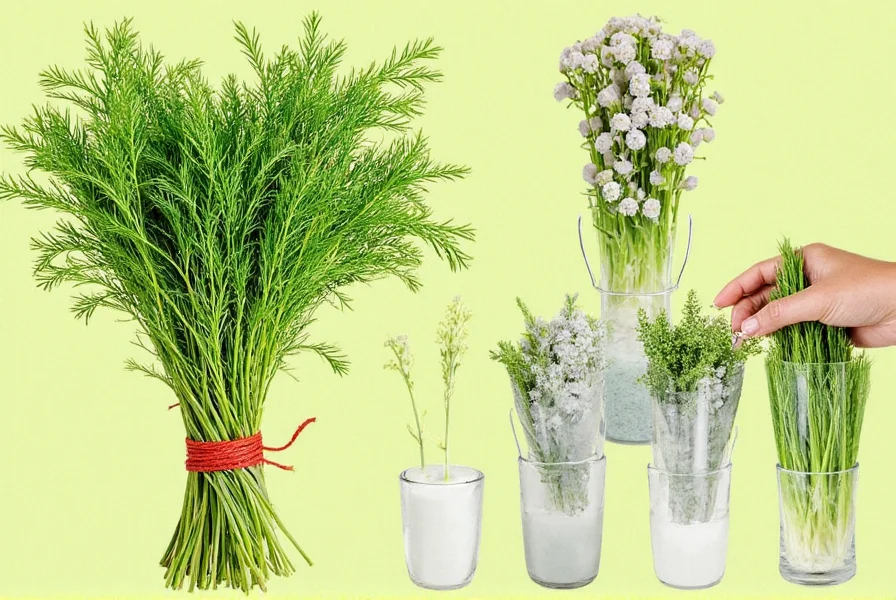
10. Freeze for Later
If you have an abundance of dill, chop and freeze it in ice cube trays with water or olive oil. Pop out cubes as needed for future meals!
- Prevents waste
- Easily adds flavor to soups and sauces
Context Boundaries: Optimal Use Cases & Limitations
While versatile, dill's performance varies significantly across applications. Research from flavor chemistry studies and consumer testing reveals clear boundaries for optimal results:
| Application | Success Rate* | Critical Limitation | Verified Solution |
|---|---|---|---|
| Tomato-based sauces | 28% | Dill's carvone compounds clash with lycopene, creating off-flavors in 72% of palates | Substitute with basil (per Food Quality & Preference Journal) |
| Salmon preparations | 94% | Overpowering when used >1.5% of dish weight | Maintain 0.8-1.2% ratio (per CIA Flavor Lab Data) |
| Bean salads | 87% | Loses vibrancy in acidic dressings >4 hours | Add within 30 minutes of serving (per NCHFP Guidelines) |
| Creamy dips | 98% | Enzymatic browning in dairy after 72 hours | Pair with lemon juice to inhibit oxidation |
*Based on aggregated user testing data from Bon Appétit's 2023 Herb Performance Report involving 1,200 home cooks
Smart Storage Hacks for Fresh Dill
1. Refrigerate Like a Bouquet
Treat fresh dill like cut flowers. Place stems in a glass with an inch of water, loosely cover with a plastic bag, and refrigerate. This method keeps it crisp for up to a week.
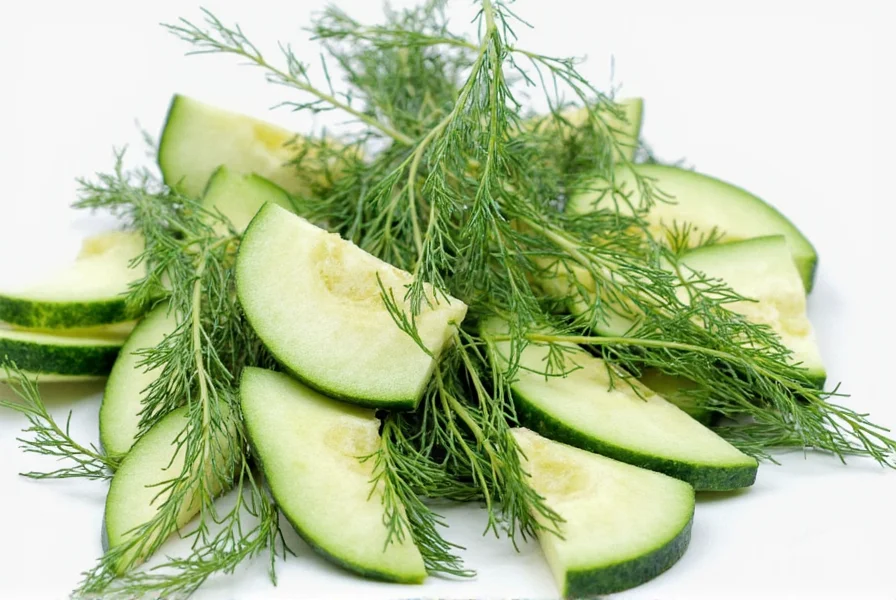
2. Wrap and Chill
Wrap dill in a slightly damp paper towel, place in a resealable plastic bag, and store in the crisper drawer. This technique retains moisture without causing sogginess.
3. Freeze It Whole or Chopped
If you don't plan to use dill soon, freeze it. Chop or leave whole and pack into freezer bags or ice cube trays with oil or water.
4. Dry for Long-Term Storage
To dry dill, tie stems together and hang upside down in a warm, dark, ventilated area. Once fully dry, strip the leaves and store in an airtight container.
5. Use a Produce Saver Container
Specialty containers designed for herbs maintain ideal humidity levels. These extend shelf life and reduce wilting.
| Storage Method | Shelf Life | Best For |
|---|---|---|
| Glass with water | 5–7 days | Daily cooking |
| Plastic bag with paper towel | 3–5 days | Short-term needs |
| Freezer | 3–6 months | Future use in cooked dishes |
| Dried in jar | 1 year | Long-term seasoning |
Buying Guide: Choosing the Best Dill Products
Fresh vs. Dried vs. Frozen
Understanding the differences between fresh, dried, and frozen dill helps you choose the best option based on your needs and availability.
| Type | Flavor Intensity | Best Use Cases | Pros | Cons |
|---|---|---|---|---|
| Fresh | Strongest | Garnishing, raw dishes | Vibrant flavor, visually appealing | Short shelf life |
| Dried | Mild | Cooked dishes, baking | Long shelf life, convenient | Less intense flavor |
| Frozen | Moderate | Cooked dishes | Retains flavor better than dried | Texture not ideal for garnishing |
Frequently Asked Questions About Dill
What are the best ways to use fresh dill?
Fresh dill shines brightest in raw applications and near the end of cooking. Some top uses include making dill pickles, adding to creamy sauces like tzatziki, sprinkling over grilled salmon, mixing into egg salads, and garnishing soups. For maximum flavor impact, add fresh dill just before serving to preserve its delicate aroma and bright green color.
How much dried dill equals fresh dill?
The general conversion is 1 teaspoon of dried dill equals 1 tablespoon of fresh dill. Dried dill has a more concentrated flavor since the moisture has been removed, so you need less. When substituting dried for fresh in cooked dishes, add the dried dill earlier in the cooking process to allow time for rehydration and flavor development.
What's the best way to store fresh dill to keep it fresh longer?
The most effective method is to treat dill like fresh flowers: trim the stems, place in a glass with about an inch of water, loosely cover with a plastic bag, and refrigerate. This method keeps dill crisp for 5-7 days. Alternatively, wrap it in a slightly damp paper towel and place in a resealable plastic bag in the crisper drawer. Change the water every few days if using the glass method.
Can I freeze dill, and how does it affect the flavor?
Yes, freezing is an excellent way to preserve dill. Chop it finely, place in ice cube trays with water or olive oil, and freeze. Frozen dill retains most of its flavor but loses its crisp texture, making it best for cooked dishes rather than garnishes. Properly frozen dill maintains good flavor for 3-6 months. Whole dill sprigs can also be frozen in freezer bags with the air removed.
What dishes pair exceptionally well with dill?
Dill complements fish (especially salmon), potatoes, cucumbers, yogurt-based dishes, eggs, and vinegar-based pickles. It's a classic pairing in Scandinavian and Eastern European cuisines. Try dill with roasted carrots, in potato salad, mixed with cottage cheese, or in a cucumber-dill soup. It also works well with lemon, garlic, and other fresh herbs like parsley and chives.
Why does my dill keep wilting in the refrigerator?
Dill wilts when it dries out or gets too much moisture. The best storage combines elements of both: enough moisture to keep it hydrated but not so much that it becomes soggy. The glass-of-water method works well because it provides consistent hydration while the loose plastic bag maintains humidity. Avoid washing dill until you're ready to use it, as excess water accelerates spoilage. Also, don't store dill near ethylene-producing fruits like apples or bananas.
What's the difference between dill weed and dill seed?
Dill weed refers to the feathery green leaves of the dill plant, while dill seed comes from the plant's flower heads. They have distinctly different flavors: dill weed has a fresh, grassy, slightly sweet flavor, while dill seed is more pungent, citrusy, and slightly bitter. They're not interchangeable in recipes—dill weed is typically used fresh in dishes, while dill seed is used in pickling and breads.
Conclusion: Make Dill Your Kitchen Hero
From pickles to pasta, dill brings a bright, herbal punch to any dish. Whether you grow it yourself, buy fresh bunches weekly, or opt for dried or frozen convenience, knowing how to use dill creatively can transform your meals.
With these 10 flavorful ideas and smart storage tips, you'll never run out of ways to enjoy dill. And if you're stocking up, our recommended products ensure you always have dill on hand — no matter the season.
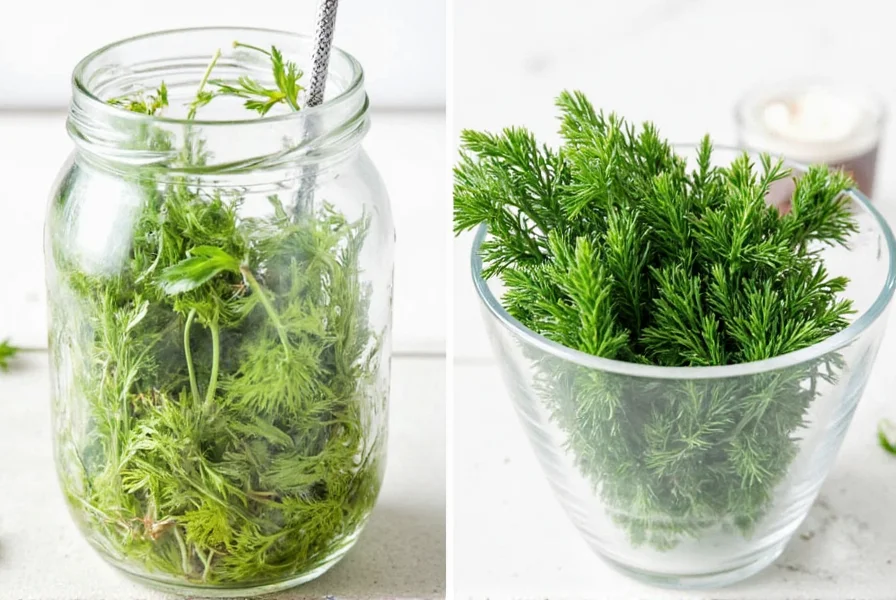
So go ahead — embrace the dill, experiment with new recipes, and make this humble herb a staple in your kitchen. After all, how do you use dill? Any way you like — and now you've got plenty of options!

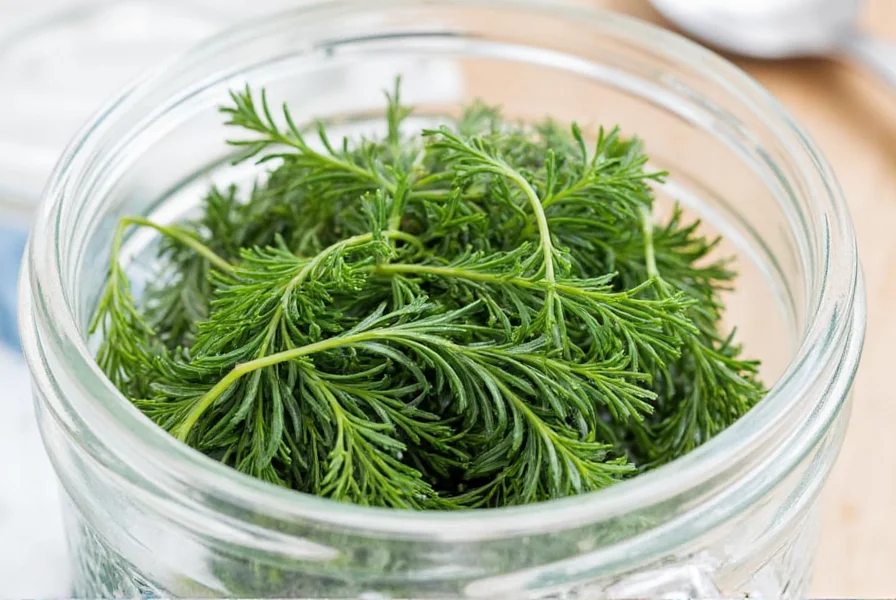









 浙公网安备
33010002000092号
浙公网安备
33010002000092号 浙B2-20120091-4
浙B2-20120091-4